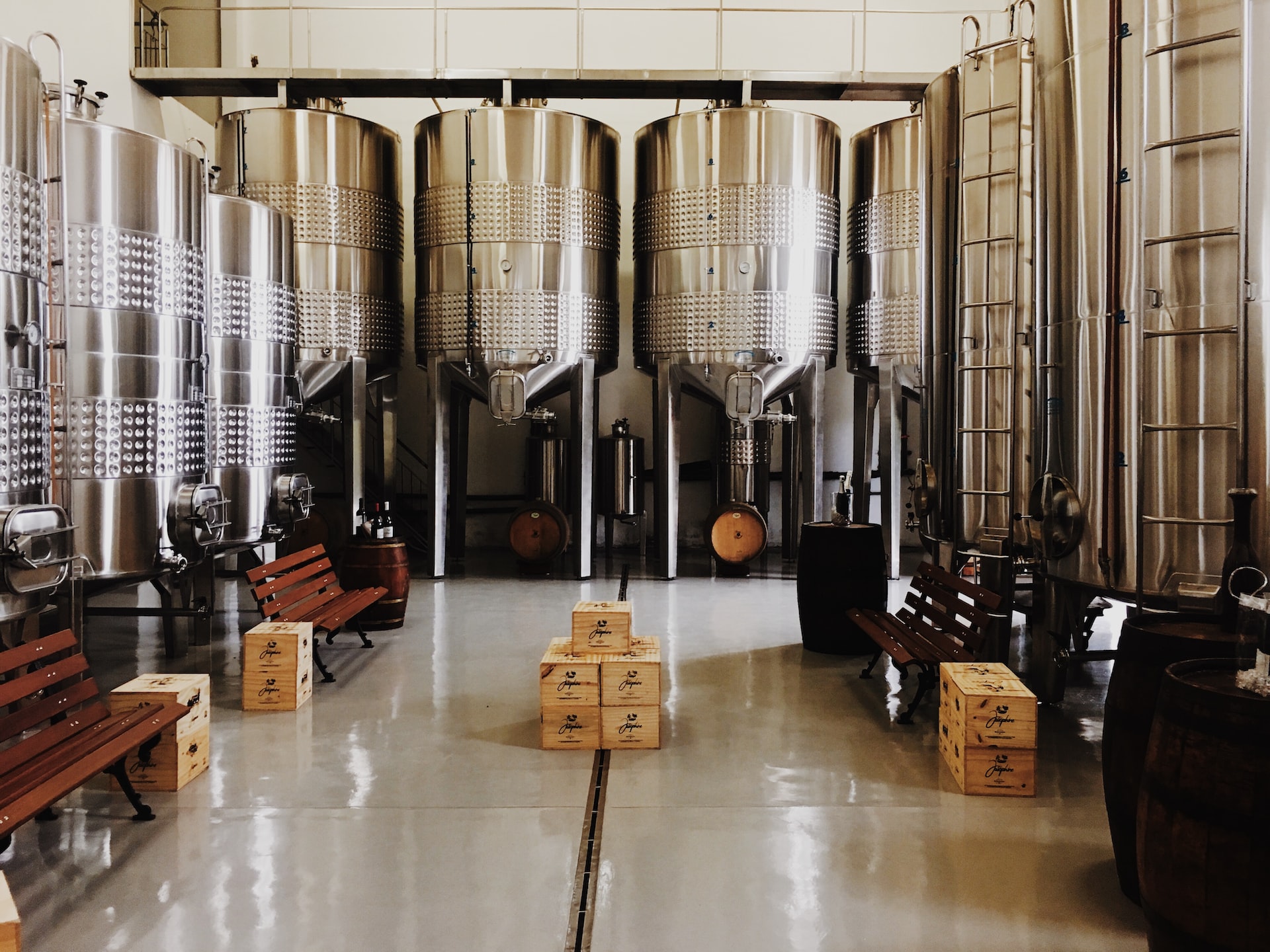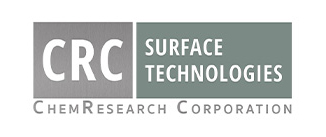
27 Feb How Long Does Passivation Last?
Passivation is a critical metal finishing technique that helps prevent the corrosion of metal parts that are frequently exposed to the elements. However, many factors affect how long the passivation of stainless steel can last, such as contamination and damage to the substrate. Below, we explain what affects the longevity of passivated stainless steel and how frequently you may need to re-passivate.
How Long Does Passivation of Stainless Steel Last?
Passivation is a chemical process that involves removing free iron from a metal surface—most commonly stainless steel. A protective passive layer of oxide forms on the metal substrate’s surface during the passivation process that shields it from corrosion.
The passive layer prevents the metal from rusting when its surface is exposed to air and moisture. But this protection doesn’t last forever. Eventually, the coating wears down, and the metal underneath will become vulnerable to rust again.
Unfortunately, there is no straightforward answer for how long passivation can last. So instead, here are some of the main factors that can affect the lifespan of a passive coating.
Six Factors That Affect How Long Passivation Can Last
1: A Dirty Substrate
The first step in the passivation process is cleaning the metal substrate to remove any residue left behind by machining. Failing to remove any grease, coolants, or other substances can damage the metal substrate during passivation, prevent the passive layer from forming, or result in a weak passive layer.
2: The Cleaning Process
Although cleaning is crucial, certain cleaning methods can actually weaken a passive coating. Chlorine-based chemicals should always be avoided, because chlorides can penetrate the passive layer and expose the metal underneath. Spraying a passivated surface with high velocity water can also damage the coating.
3: Frequency of Use
As with any tool or piece of equipment, the more you use it, the more quickly it deteriorates. Passivated stainless steel parts that are rarely used are going to last much longer. Frequently used parts will need re-passivation sooner.
4: Extreme Heat
Passive coatings don’t stand up well to the high temperatures used in many manufacturing processes. The hotter the temperature, and the more frequent the exposure to the heat, the sooner re-passivation is necessary.
5: Product Use
The intended use of the passivated product can also affect how long the coating lasts. For instance, passivation is a common metal finishing technique for stainless steel cargo and pharmaceutical tanks that house a variety of items. Some of these items can scratch up the interior surface of the tank over time, shortening the lifespan of the passive layer.
6: Physical Damage
Passivation is necessary to improve the corrosion resistance of stainless steel, but it doesn’t offer much protection from physical damage. And there are many things that can damage stainless steel—from harsh cleaners and abrasive materials to mechanical processes and exposure to the elements. The damage not only harms the substrate, but it also degrades the passive layer and increases the risk of premature corrosion.
How Often Should You Passivate Stainless Steel?
As a general rule of thumb, stainless steel should be re-passivated at least once a year. But if metal parts are frequently exposed to high temperatures, chlorides, and physical damage, then you may need to re-passivate them sooner to prevent premature corrosion.
Can Passivation Be Removed?
Passivation isn’t permanent. Welding or polishing can typically remove the passive layer. However, the passive layer will also deteriorate on its own over time.
Stainless Steel Passivation in Phoenix, Arizona
If you want to protect your stainless steel parts with passivation, make sure to hire a professional. It’s the best way to ensure that the coating lasts as long as possible.
CRC Surface Technologies is a single-source metal plating and finishing service provider. We offer the passivation of stainless steel, as well as over 33 different types of metal plating services for machine shops across the country. Call us at 602-253-4175 today or email rfq@chemresearchco.com to request a quote.
Images used under creative commons license – commercial use (2/27/2023). Photo by Roberta keiko Kitahara Santana on Unsplash

